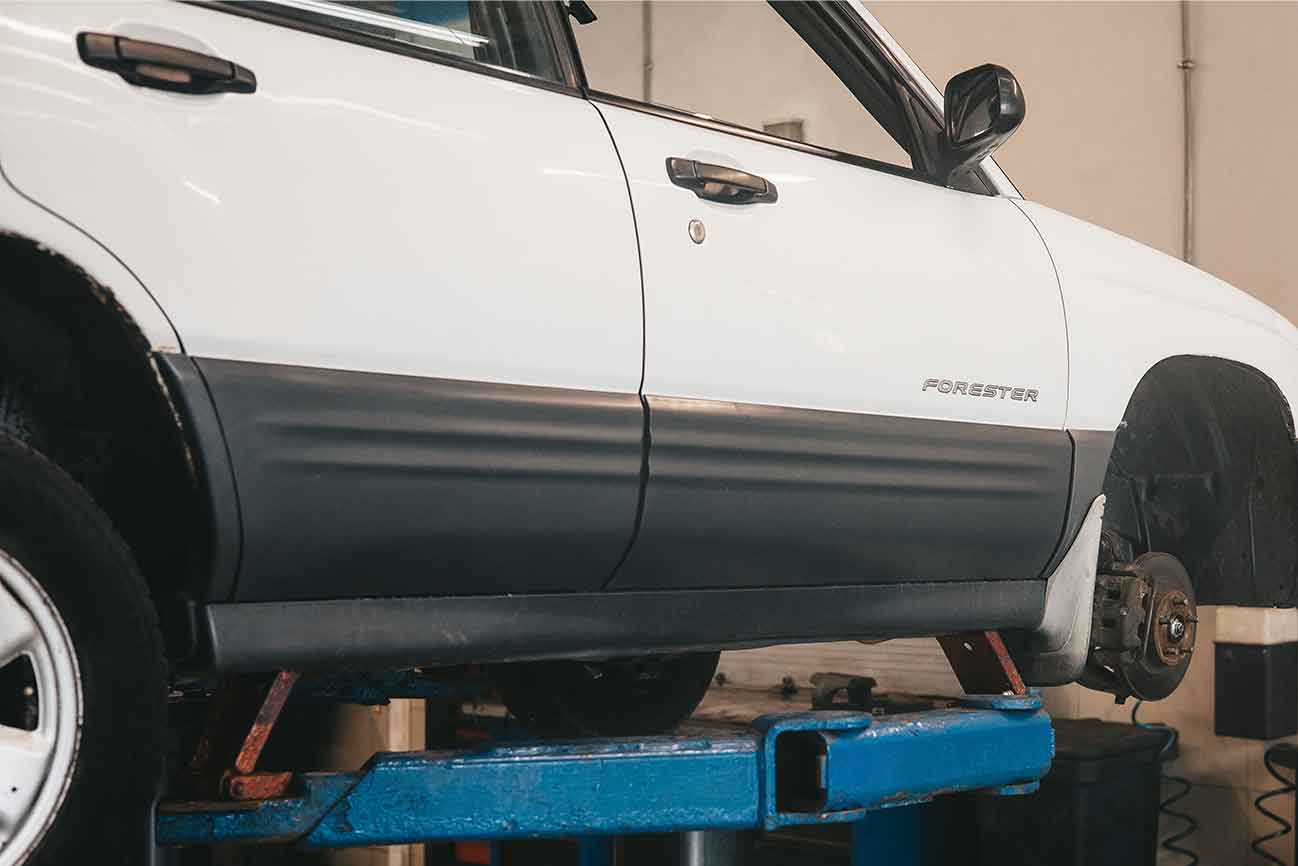Replacing your tie rods can save you time and money, but it’s not a job for everyone. In this article, we will discuss the process of replacing your tie rods, as well as the pros and cons of doing so. We will also provide some tips on how to get the job done right. If you’re considering replacing your tie rods, read on for more information!
Can I replace my tie rods? The answer is yes, you can replace your tie rods. However, this is not a job for everyone. Replacing your tie rods requires some mechanical knowledge and experience, as well as access to the necessary tools. If you’re not comfortable working on your car, or if you don’t have the proper tools, it’s best to leave the job to a professional.
What causes a bad tie rod
There comes a time in a car’s life when it needs new tie rods. The components that make up the steering system are under a lot of stress, and over time they can wear out. One of the most common symptoms of a bad tie rod is wandering or shimmying at highway speeds. If you notice this happening with your car, it’s probably time for a new set of tie rods.
Several things cause a bad tire rod namely:
1. Worn out ball joints
Ball joints are a component of the front suspension of a car. They connect the control arms to the steering knuckle and allow the suspension to move up and down. When they wear out they affect the tire rods, which can cause the car to wander or shimmy at highway speeds. Causes of worn-out ball joints include age, excessive wear, and impact damage.
2. Damaged/worn out steering rack
The steering rack is a component of the steering system that helps to transmit the driver’s input to the wheels. Without the steering rack, the car would be difficult to turn. When the steering rack wears out, it can also aid in a bad tire rod and cause the car to wander or shimmy at highway speeds. Causes of worn-out steering racks include age and excessive wear.
3. Worn out suspension bushings
Another reason that can cause a bad tie rod is wearing our suspension brushings. Bushings are rubber or plastic components that absorb shocks and vibrations. When they wear out, it can cause the car to wander or shimmy at highway speeds. Causes of worn-out suspension bushings include age and excessive wear.
4. Excessive play in the steering system
Excessive play in the steering system also causes bad tie rods. Play is defined as any movement or looseness in the steering system. Causes of excessive play in the steering system include worn-out components, loose hardware, and damaged or misaligned suspension components.
Why should you replace your tire rods?
Replacing your tie rods can save you time and money. If you’re experiencing the symptoms of a bad tie rod, such as wandering or shimmying at highway speeds, it’s best to replace them sooner rather than later. Worn-out tie rods can lead to bigger problems down the road, so it’s important to address the issue as soon as possible.
Another reason to replace your tie rods is safety. A bad tie rod can make it difficult to control your car, which could lead to a dangerous situation. If you’re not comfortable working on your car, or if you don’t have the proper tools, it’s best to leave the job to a professional.
How to replace your tie rods
If you’ve determined that it’s time to replace your tie rods, the next step is to figure out how to do it. The process of replacing your tie rods depends on the make and model of your car, so it’s best to consult your owner’s manual. In general, however, the process goes like this:
Tools and materials
Tools and materials needed to replace your tire rod include:
-Wrench set
-Socket set
-Jack
-Lug wrench
-Torque wrench
-New tie rods
Procedure
The procedure to remove the steering wheel involves:
1. Jack up the car and put it on jack stands
The first step is to jack up your car using a jack so that it is elevated off the ground. Once it’s in the air, put it on jack stands to keep it from falling.
2. Remove the wheels
The next step is to remove the tires, to remove the tires you will need to use a lug wrench. Removing the tires helps you to have easier access to the tie rods.
3. Remove the brake caliper
To remove the brake caliper, you will need to use a wrench set. Disconnect the brake hose from the caliper. The brake calipers are located on the front of the car, on either side of the wheel.
4. Remove the bolts
The next step is to remove the bolts that hold the tie rods in place. There are usually three or four bolts, and they will be either Phillips head or hex head screws. Once the screws are removed, you can pull the tie rod out of its socket.
5. Remove the old tie rods
The next step is to remove the old tie rods. the tie rods will be connected to the steering knuckle by a ball joint. Use a socket set to remove the nut that holds the ball joint in place. Once the nut is removed, you can pull the old tie rod out of its socket.
6. Install new tie rods
The next step is to install new tie rods. Insert the new tie rods into the sockets and secure them with the screws. Make sure that you tighten the screws to the correct torque specs, as specified in your owner’s manual.
7. Reinstall the brake caliper
To reinstall the brake caliper, reattach the brake hose and secure it with a wrench set. Make sure that you reconnect it to the correct port on the caliper.
8. Reinstall the wheels
The next step is to reattach the wheels and lower the car back down to the ground. Tighten the lug nuts using a lug wrench. Once they are tight, you’re done!
9. Test drive the car
The final step is to test drive your car to make sure that the new tie rods are working properly. Make sure to test them at different speeds and in different driving conditions. If everything seems to be working correctly, you’re done!
Replacing your tie rods can be a daunting task, but it’s not as difficult as it might seem. By following these simple steps, you can do it. The process may vary slightly depending on your car, so it’s important to consult your owner’s manual. As mentioned earlier, If you’re not comfortable doing this yourself, it’s best to take the car to a mechanic.
Conclusion
Replacing your tie rods can save you time and money, but there are a few things to keep in mind before you get started. First, make sure that you have the necessary tools and know-how to get the job done right. Second, be aware of the potential risks involved in replacing your tie rods. If you’re not comfortable doing this yourself, take the car to a mechanic. They’ll be able to do it for you in no time. Finally, make sure to test drive your car after replacing the tie rods to ensure that they are working properly. Replacing your tie rods can save you time and money, but only if they are done correctly.

